What plants are the five-color plum and the five-clawed golden dragon?
Last Update :2024.11.13
Article Catalog
Introduction to five-color plum
Introduction to the five-clawed golden dragon
The difference and connection between five-color plum and five-clawed golden dragon
Both the five-color plum and the five-clawed golden dragon have the character "five" in their names. Is this number related to the number of petals or the leaves of the plant? Are there any similarities between these two plants, and what are they?
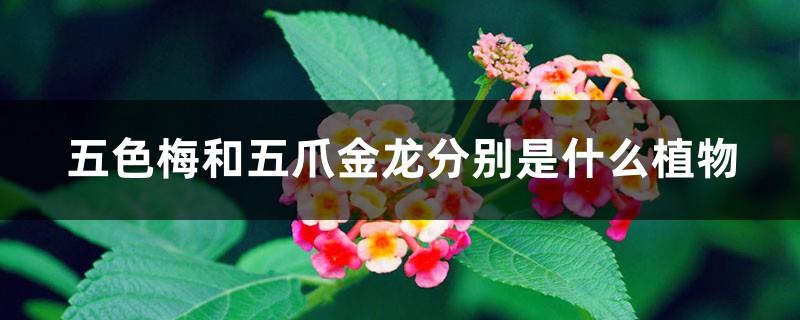
Introduction to five-color plum
Introduction to Five-Colored Plum
Five-Colored Plum, also known as lantana, stinkgrass and seven sisters, is an upright or semi-vine shrub of the Verbenaceae family. The flowering period is from May to October, with many small flowers densely forming hemispherical flower heads; the color of the flowers is changeable, yellow or pink when they first bloom, then orange or orange, and finally red. There are red and yellow in the same inflorescence, so it is called five-color plum, seven-color flower, etc. Its flowers attract butterflies, and many butterflies will come when the flowers bloom.
The entire five-color plum plant is covered with short hairs and has a strong smell. Leaves are opposite, ovate or heart-shaped. In the warm Jiangnan provinces, it can bloom all year round. Although its flowers are small, with a diameter of less than 1 cm, they are composed of numerous small flowers densely packed together to form an inflorescence with a diameter of up to 4 to 5 cm. The inflorescences are relatively dense. The corolla is tubular with 4 stamens. There are many varieties of lantana, with yellow, red, orange, purple, white and other flower colors being the most common. Some varieties have mixed colors such as orange and red during flowering. As a ground cover ornamental, yellow and purple flower varieties are the most widely used.
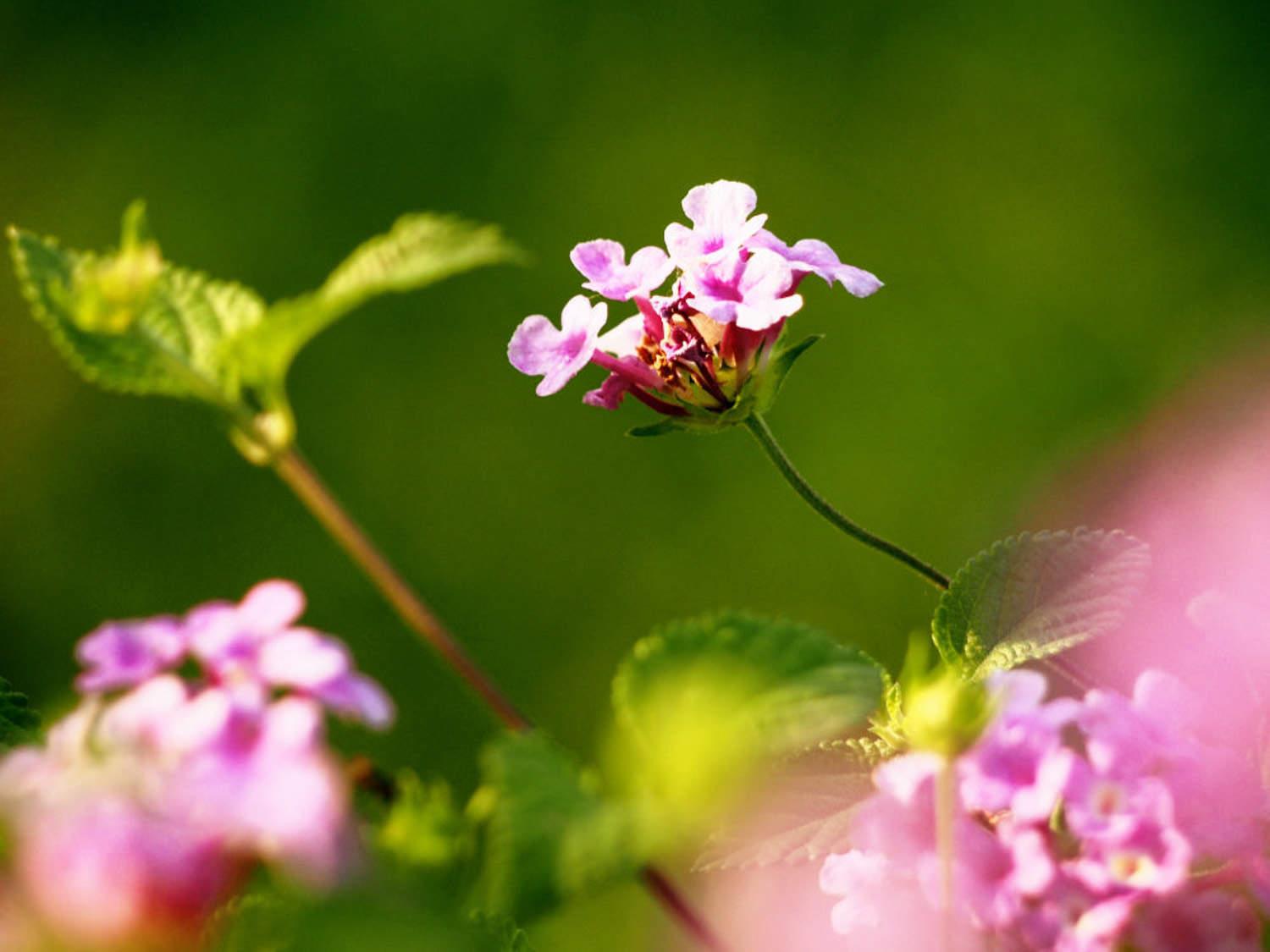
Introduction to the Five-Clawed Golden Dragon
It is a perennial twining herb, generally hairless, with tuberous roots when old. The stems are slender, have thin ribs, and sometimes have small wart-like protrusions. The leaves are palmately 5-lobed or fully lobed, and the lobes are ovate-lanceolate, ovate or elliptical. The middle lobe is larger, 4-5 cm long and 2-2.5 cm wide. The lobes on both sides are slightly smaller, and the top is acuminate or Slightly blunt, with a small short apex, base cuneate attenuates, entire or irregularly wavy, 1 pair of lobes at the base is usually 2-lobed; petiole is 2-8 cm long, with a small palmate 5-lobed pseudostipule at the base ( Leaves on short axillary branches).
Five-clawed golden dragon is a perennial herbaceous plant of the family Convolvulaceae and the genus Ipomoea. It is a perennial twining herb with strong climbing ability. The leaves are palm-shaped and have 5 to 7 cracks. From its characteristics Because of its appearance, people call it the five-clawed golden dragon.
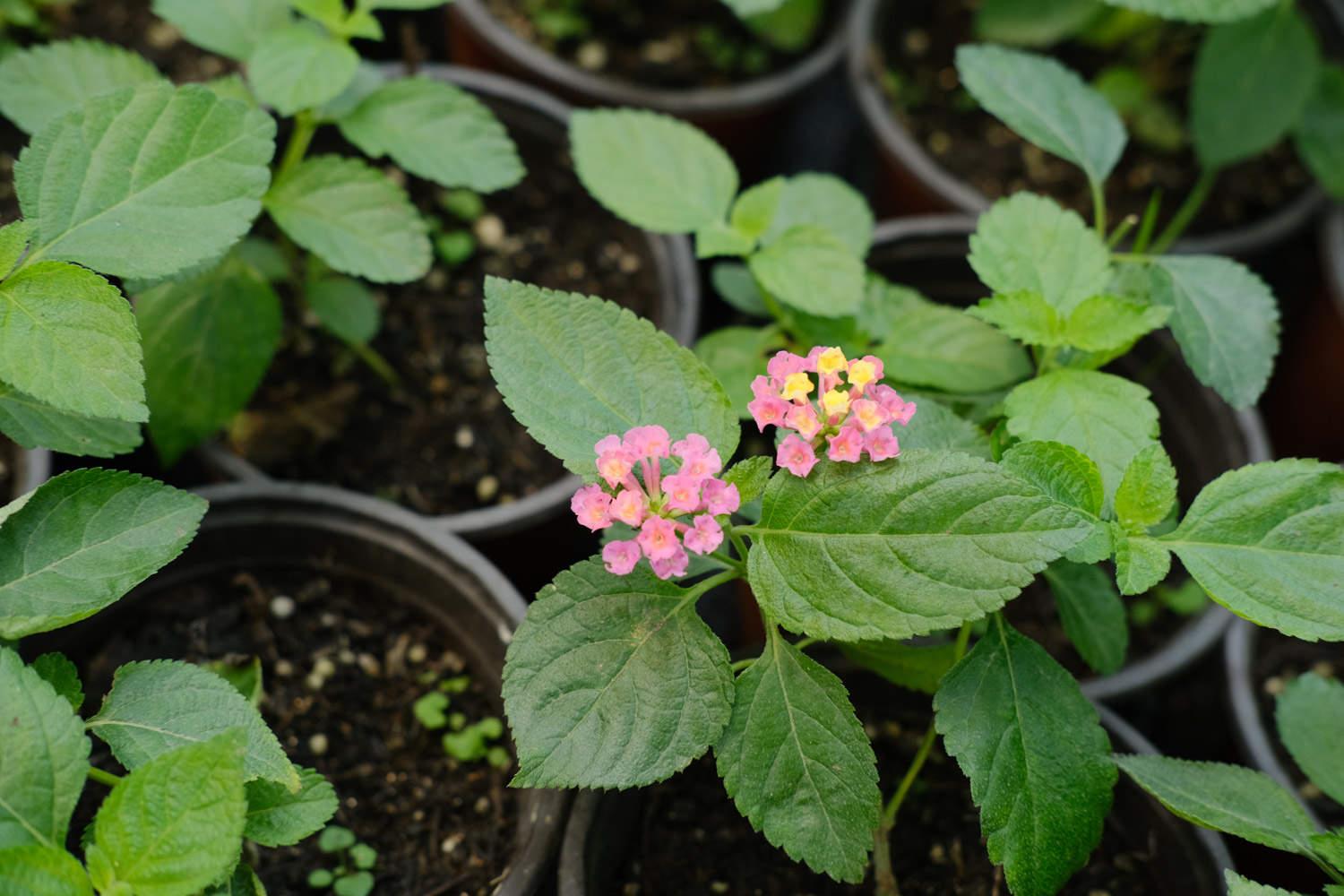
The difference and connection between Five-Colored Plum and Five-clawed Golden Dragon
The five-color plum is called the "five-color plum" because of the color of the flowers, and the five-clawed golden dragon is called the "five-clawed golden dragon" because the shape of the flower resembles a palm, so the two There is still a big gap in naming between authors.
Five-color plum can be used as medicine, but it contains toxicity. Five-clawed golden dragon can also be used as medicine, but people with weak and cold bodies are prohibited from taking it. Moreover, the wild species of the five-clawed golden dragon are still invasive vegetation and need to be dealt with. They are a harmful plant. Wild varieties of five-color plums are not only not harmful, they are also very beautiful and are loved by florists.
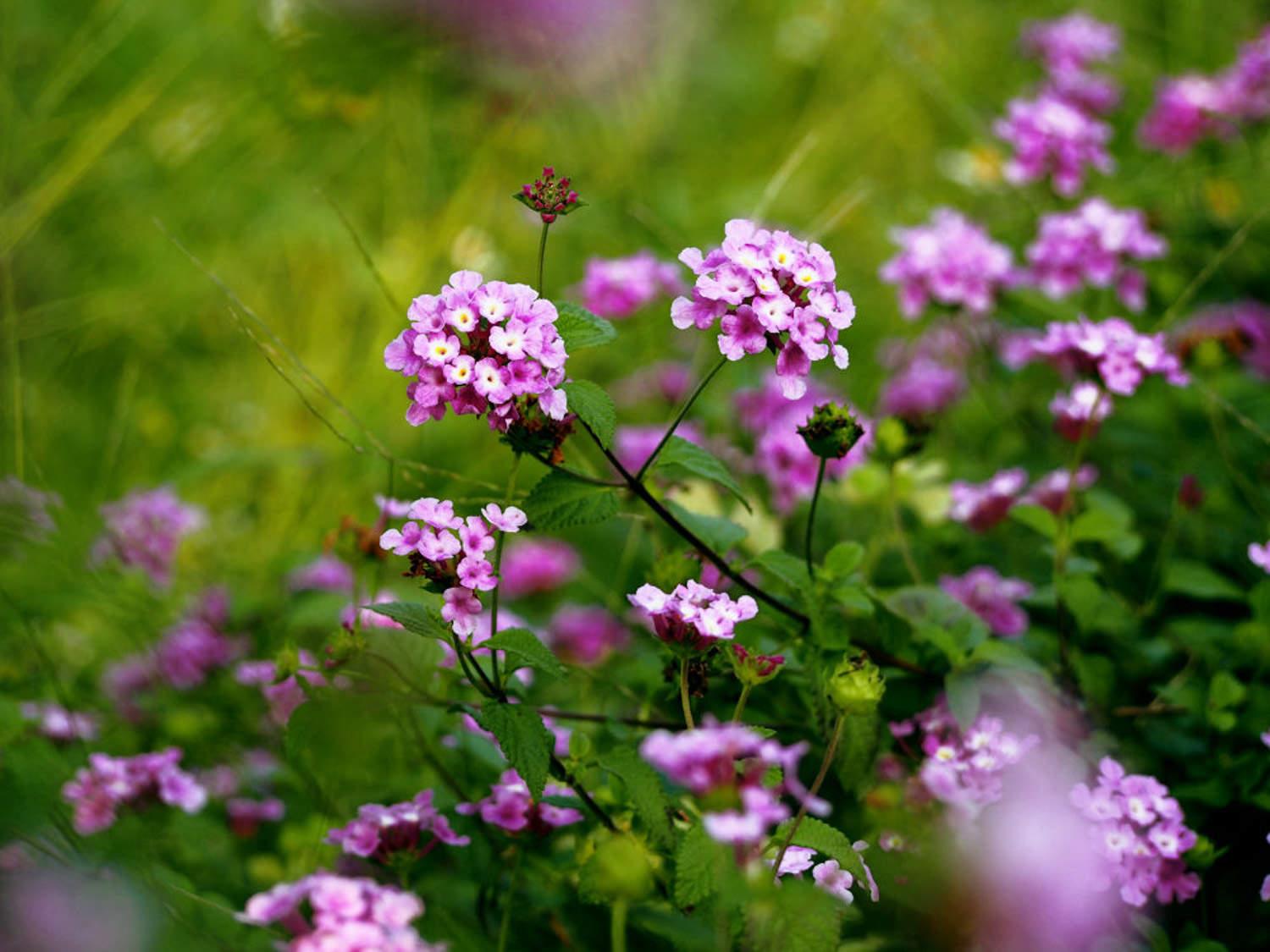
Introduction to the five-clawed golden dragon
The difference and connection between five-color plum and five-clawed golden dragon
- END -
Agarwood tree price
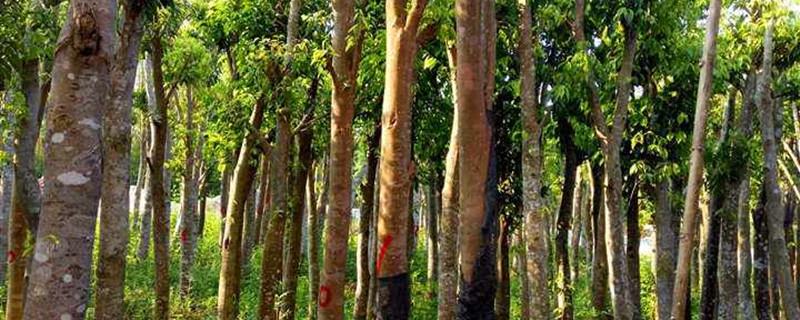
The price of agarwood tree is related to its diameter. Agarwood tree of about 20 c...
The difference between white-haired palm and yellow-haired palm

Plant differentiation: The plants of White Hair Palm are shorter, about 0.5 to 1 m...